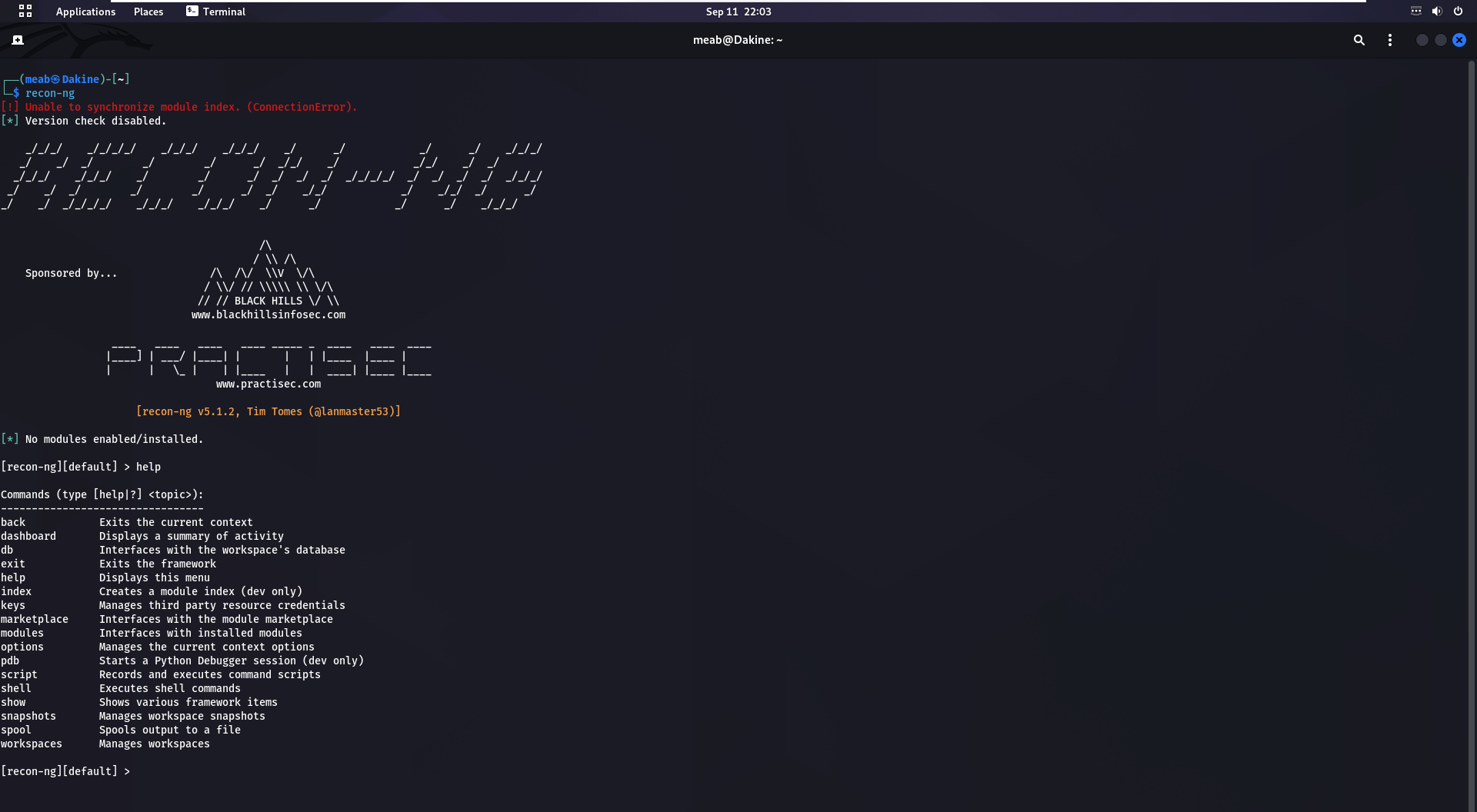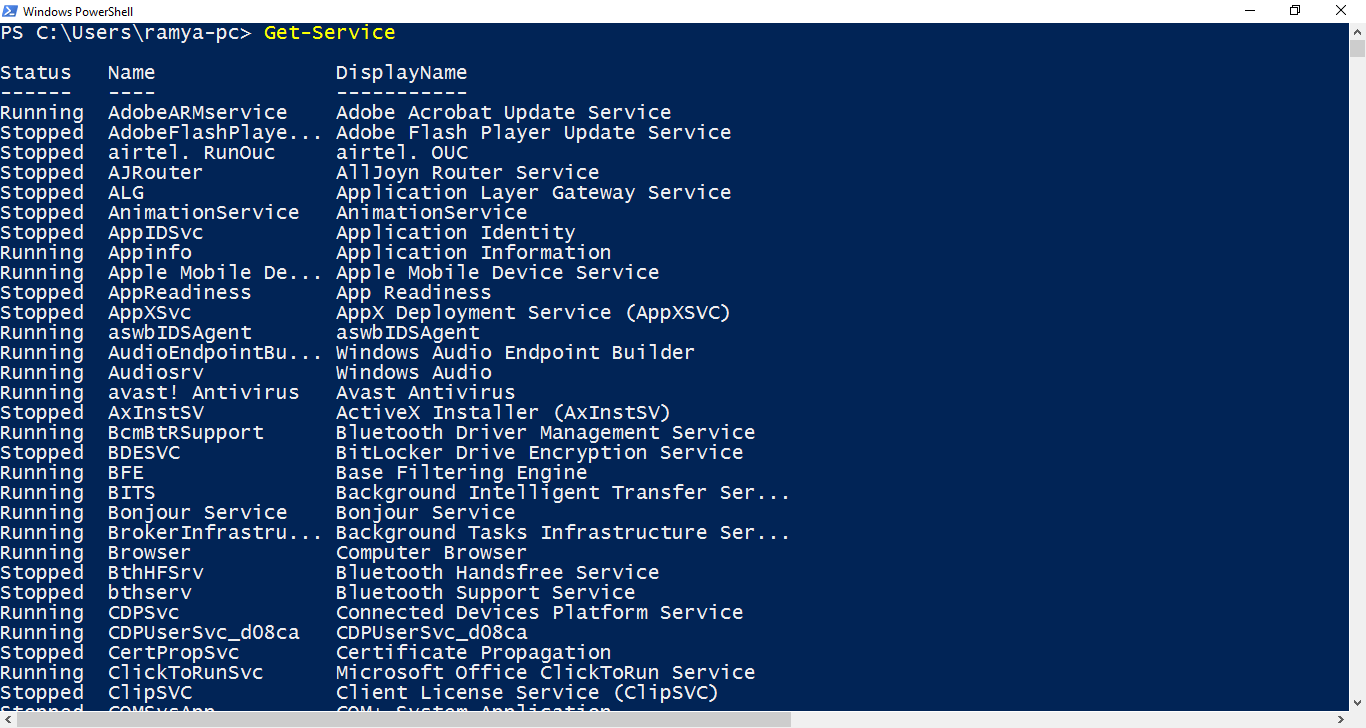Introduction
Welcome to our comprehensive guide on Security Information and Event Management (SIEM). In this article, we will delve into the world of SIEM, exploring its definition, benefits, key features, implementation strategies, challenges, best practices, and real-world success stories. So, let’s get started and unlock the power of SIEM in enhancing your cybersecurity posture.
What is SIEM?
SIEM, short for Security Information and Event Management, is a robust approach to security management that combines Security Information Management (SIM) and Security Event Management (SEM). It involves collecting, analyzing, and correlating security event logs from various sources within an organization’s network infrastructure, including servers, applications, firewalls, and intrusion detection systems.
Benefits of SIEM
Implementing a SIEM solution offers numerous advantages for organizations aiming to strengthen their security defenses. Some key benefits include:
- Enhanced threat detection and incident response capabilities
- Centralized log management and real-time monitoring
- Improved compliance with regulatory requirements
- Early identification of security incidents and anomalies
- Reduced mean time to detect and respond to cyber threats
By leveraging SIEM, organizations can proactively identify and mitigate security risks, ensuring the integrity and confidentiality of their sensitive data.
Key Features of SIEM
SIEM solutions offer a wide array of features to empower organizations in their security operations. Some essential features include:
- Log collection and aggregation from diverse sources
- Real-time event correlation and analysis
- Threat intelligence integration
- Incident response automation
- Compliance reporting and auditing
These features enable security teams to efficiently monitor and respond to security incidents, ensuring a proactive defense against cyber threats.
Implementing a SIEM Solution
Implementing a SIEM solution requires careful planning and execution. Here are some crucial steps to follow:
- Assess your organization’s security requirements and objectives.
- Evaluate different SIEM vendors and choose the one that aligns with your needs.
- Define the scope and scale of your SIEM deployment.
- Ensure proper integration with existing security infrastructure.
- Configure correlation rules and alerts tailored to your organization’s threat landscape.
- Train and educate your security team on SIEM operations and incident response procedures.
By following these steps, you can deploy a SIEM solution that effectively meets your organization’s security needs.
Challenges in SIEM Implementation
Implementing a SIEM solution is not without its challenges. Some common obstacles include:
- Complexity in managing and analyzing large volumes of security event logs
- Lack of skilled personnel with SIEM expertise
- Integration complexities with existing security infrastructure
- Ensuring data privacy and compliance with regulatory standards
Overcoming these challenges requires careful planning, resource allocation, and continuous evaluation of the SIEM implementation.
Best Practices for SIEM Deployment
Deploying a SIEM solution effectively involves following industry best practices. Some recommendations include:
- Align SIEM deployment with your organization’s security policies and objectives.
- Regularly update and fine-tune correlation rules to adapt to emerging threats.
- Establish a strong incident response plan and conduct regular drills.
- Ensure continuous monitoring and analysis of security events.
- Regularly assess and optimize the performance of your SIEM solution.
By adhering to these best practices, organizations can maximize the effectiveness of their SIEM deployment and stay ahead of evolving cyber threats.
SIEM vs. Other Security Solutions
SIEM stands out from other security solutions due to its comprehensive approach to security management. While firewall and antivirus solutions focus on specific aspects of security, SIEM provides a holistic view of an organization’s security posture. By combining log management, real-time monitoring, and incident response capabilities, SIEM offers a more robust defense against sophisticated cyber threats.
Real-world Examples of SIEM Success Stories
Real-world examples demonstrate the effectiveness of SIEM in fortifying an organization’s security infrastructure. Companies across various industries have successfully implemented SIEM solutions, enabling them to detect and respond to security incidents promptly. These success stories serve as inspiration for organizations looking to enhance their cybersecurity defenses.
Conclusion
In conclusion, Security Information and Event Management (SIEM) plays a vital role in safeguarding organizations against cyber threats. By leveraging SIEM solutions, organizations can proactively monitor, identify, and respond to security incidents, enhancing their overall security posture. Remember to continuously evaluate and update your SIEM implementation to adapt to emerging threats and ensure maximum effectiveness.




